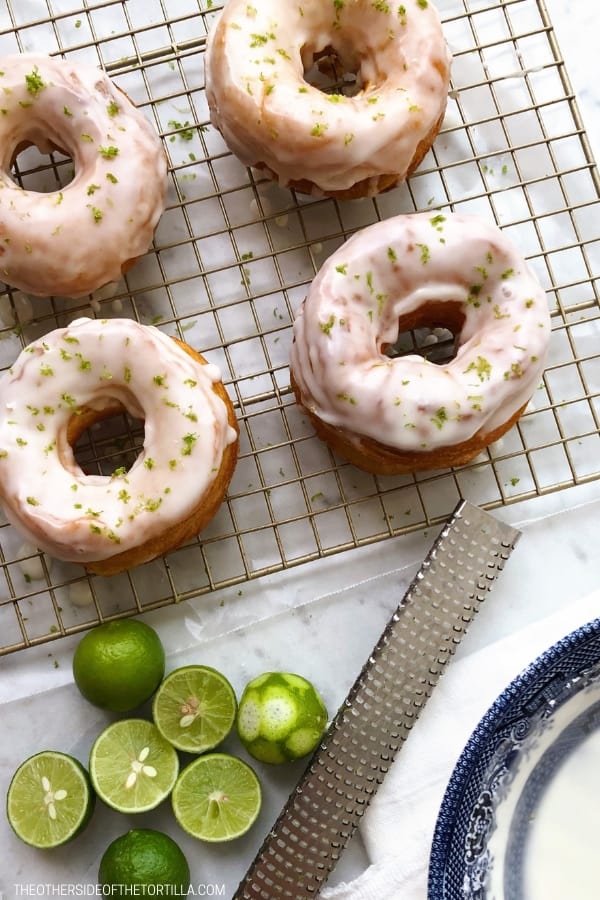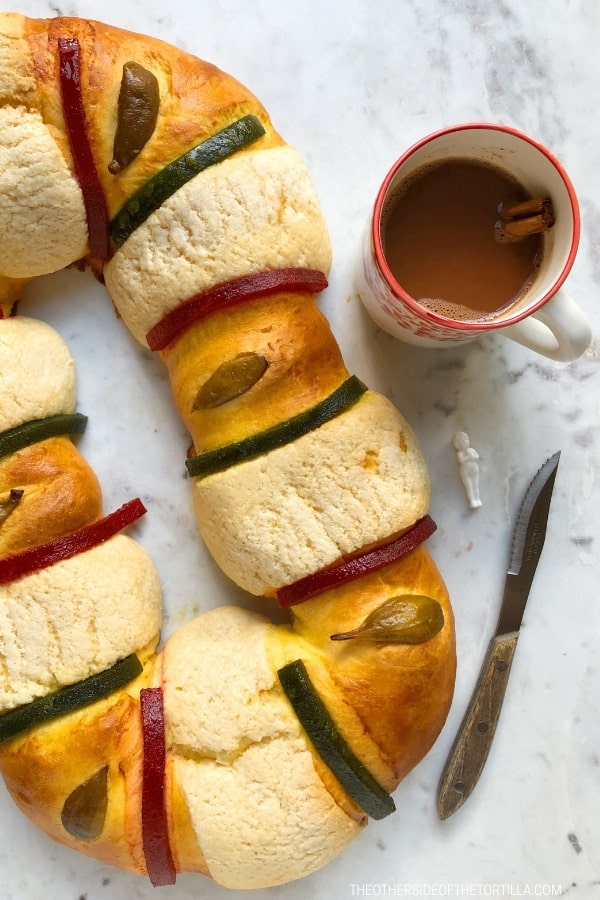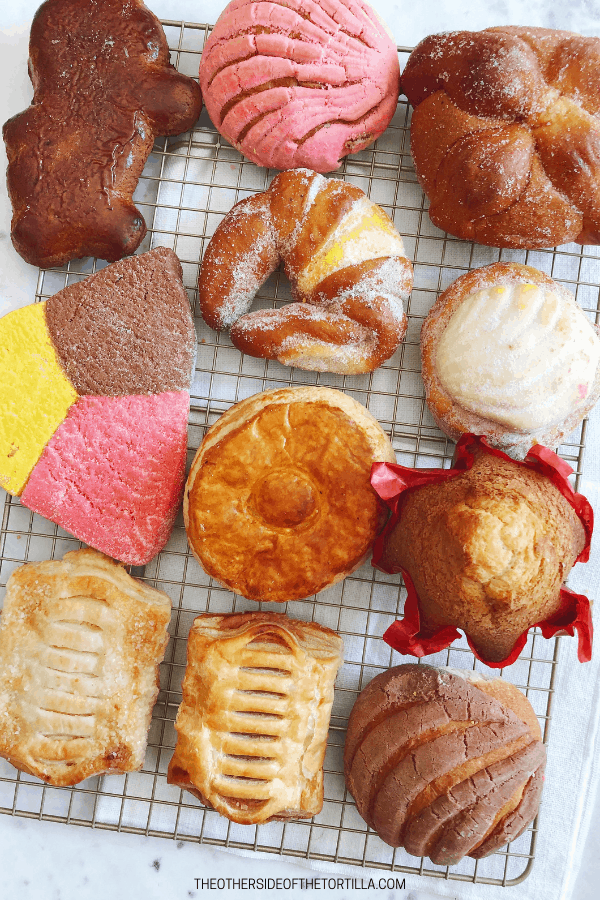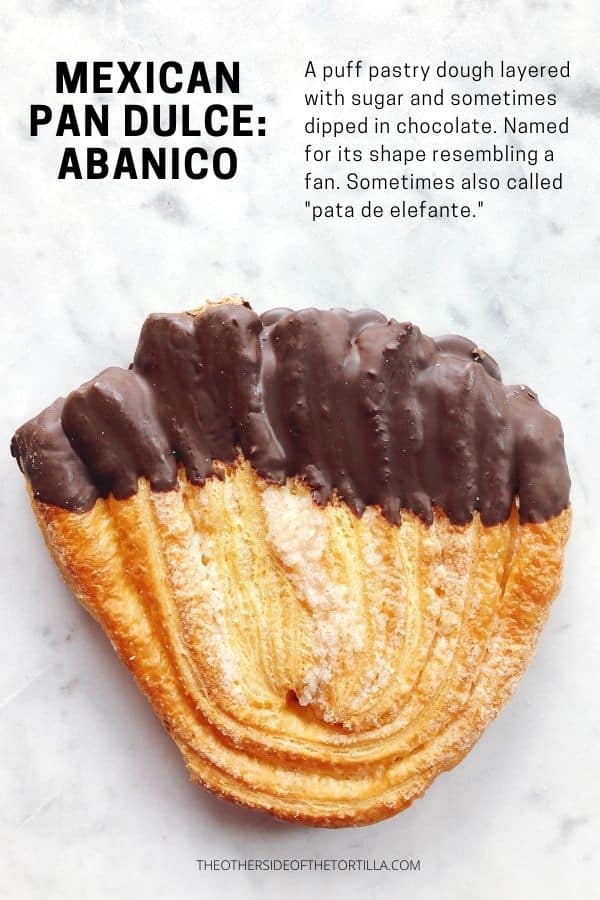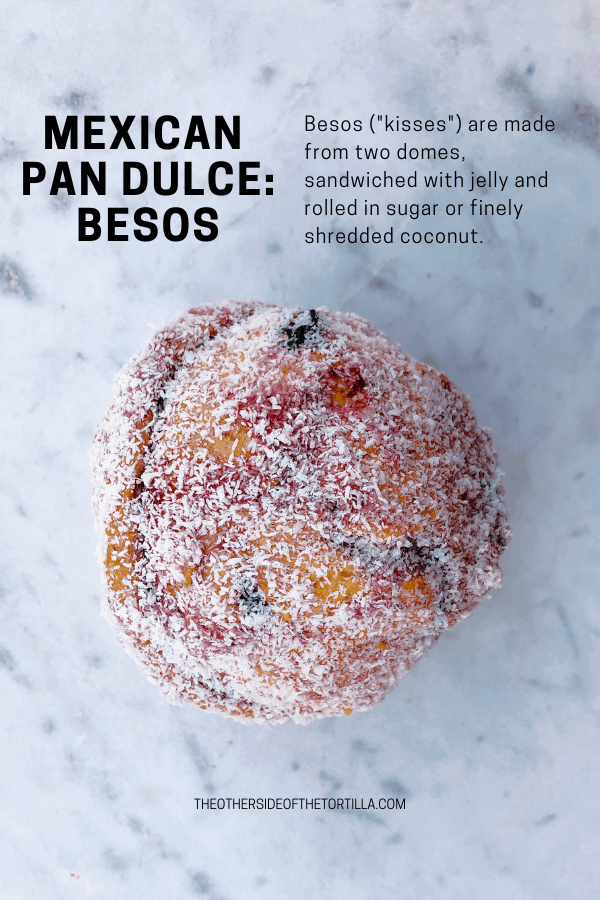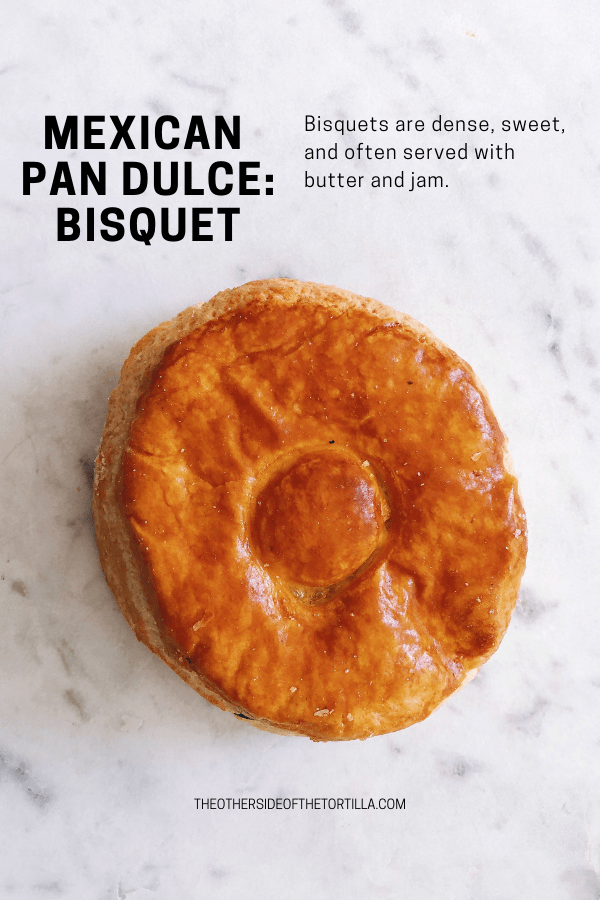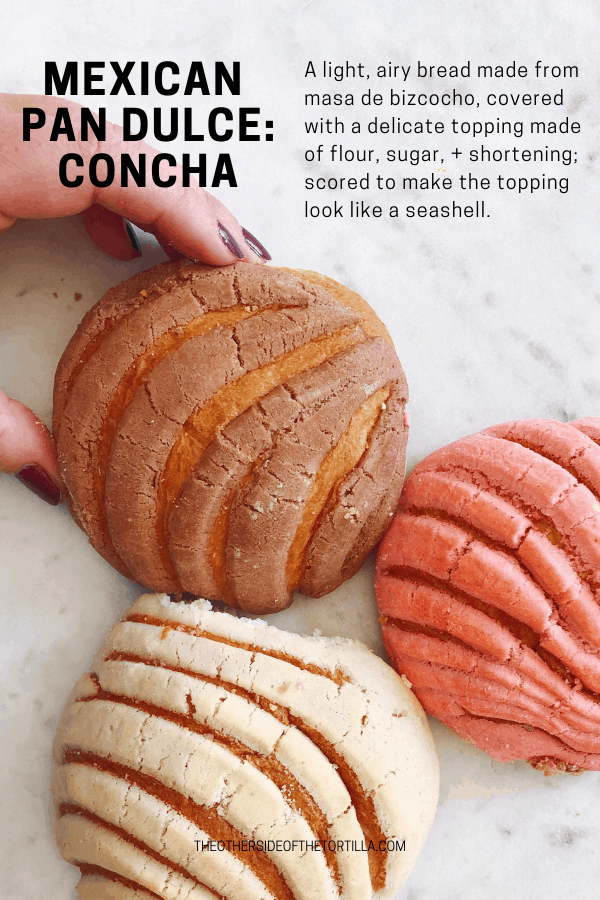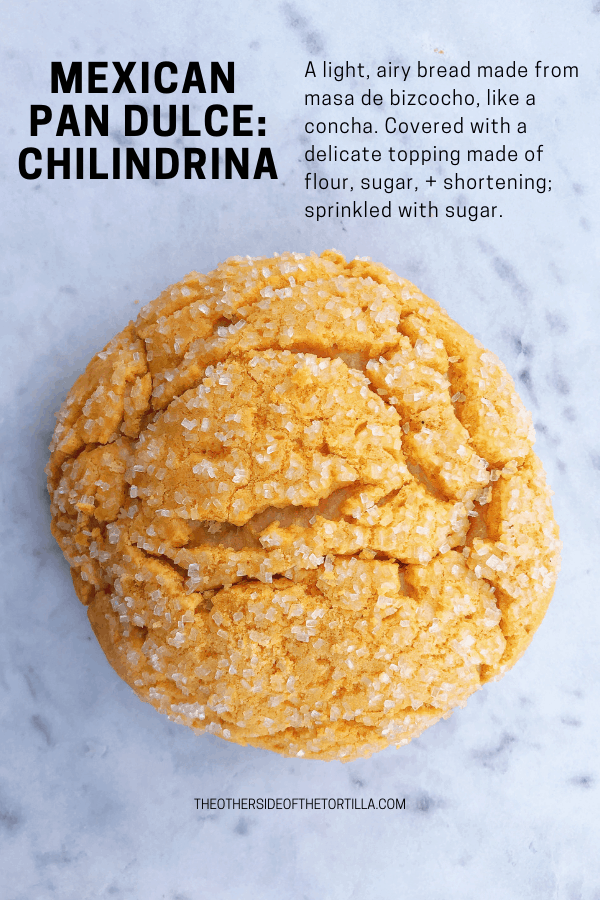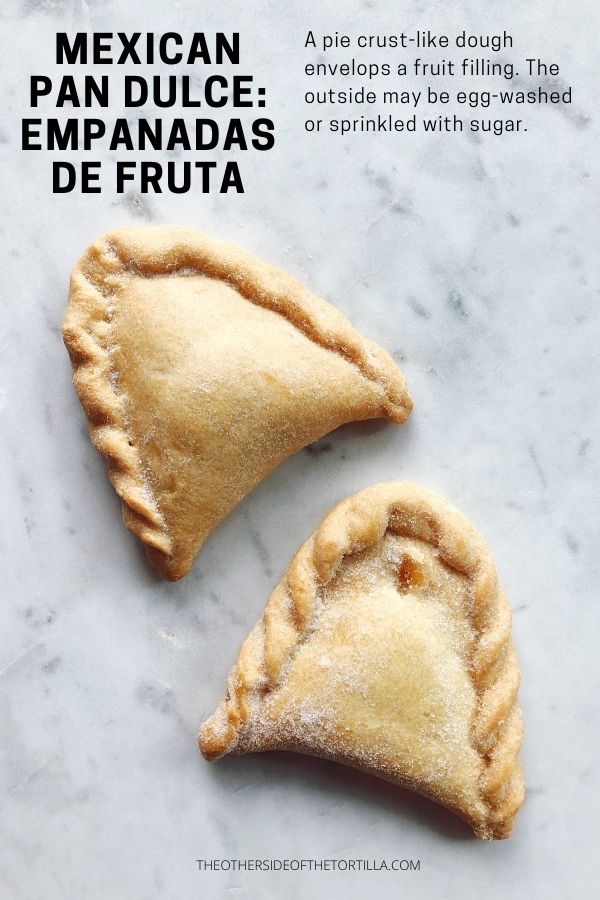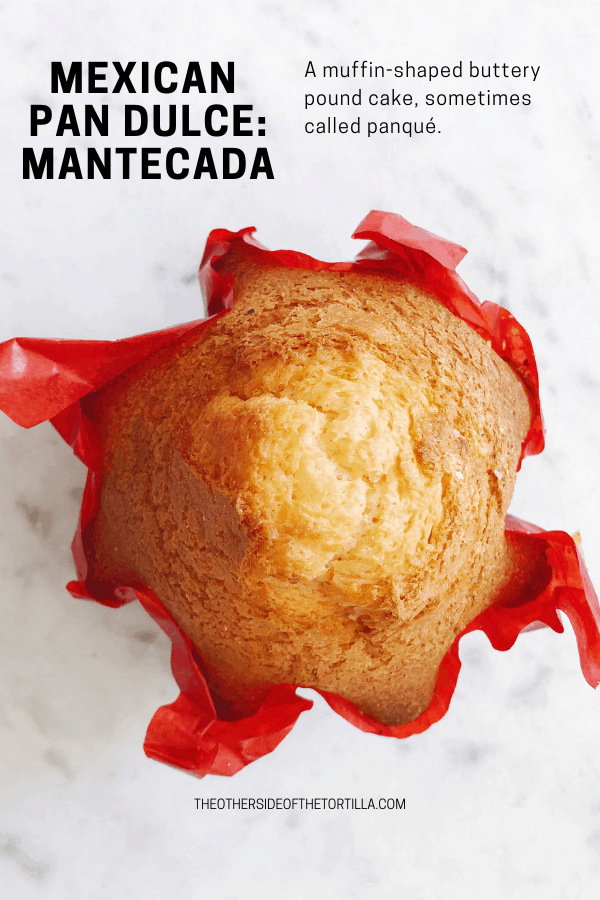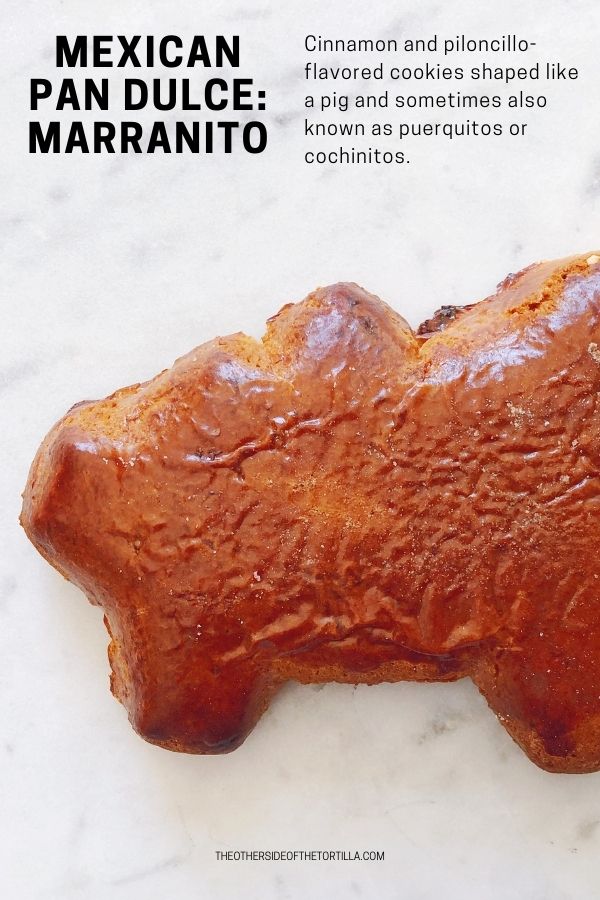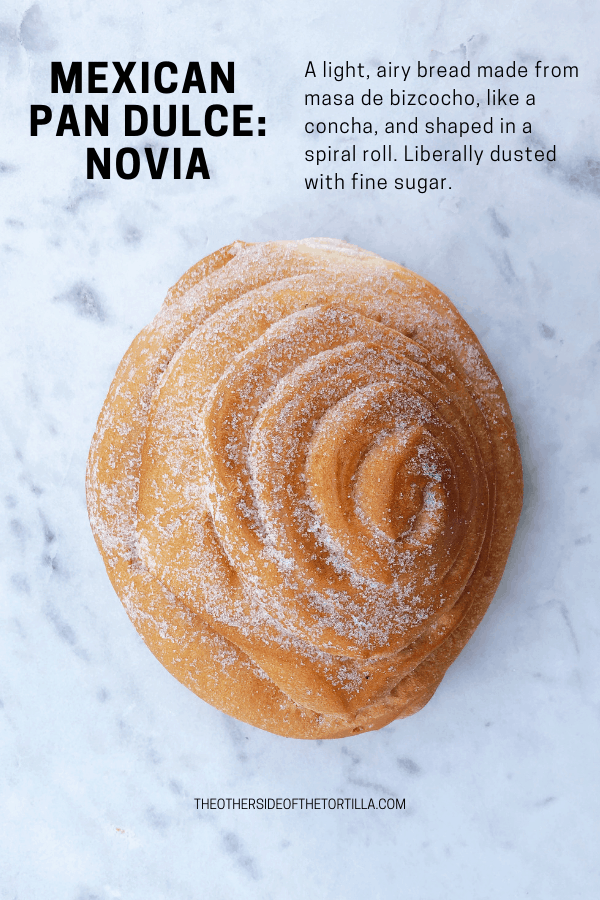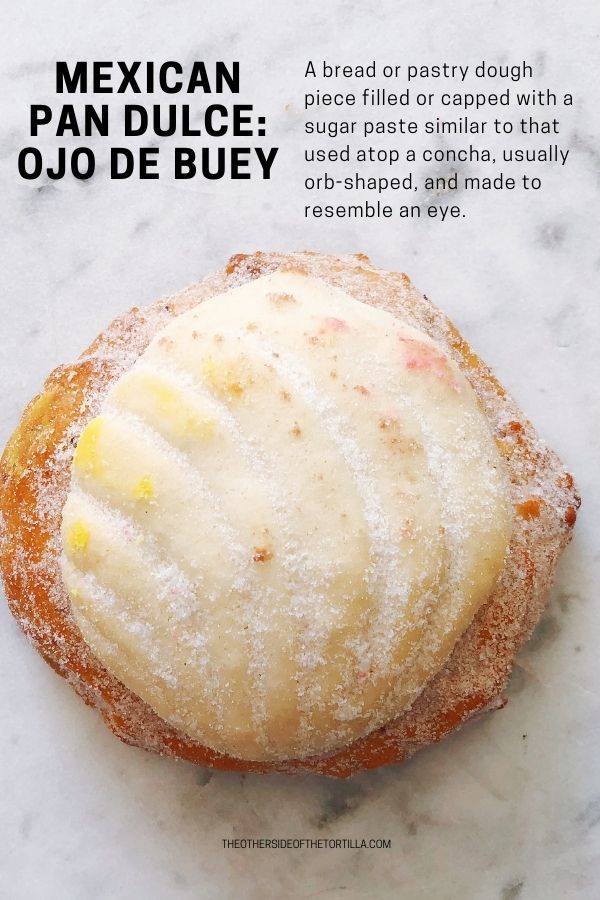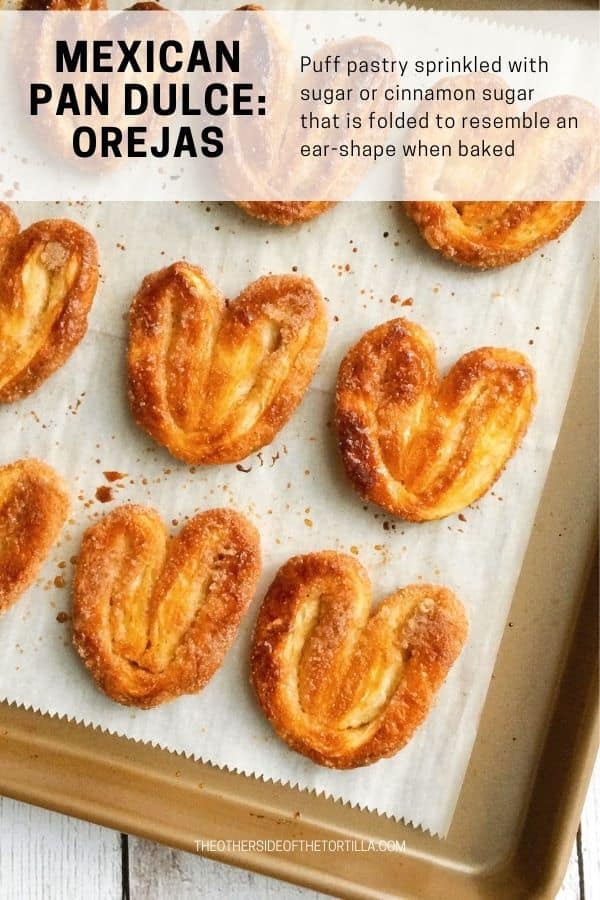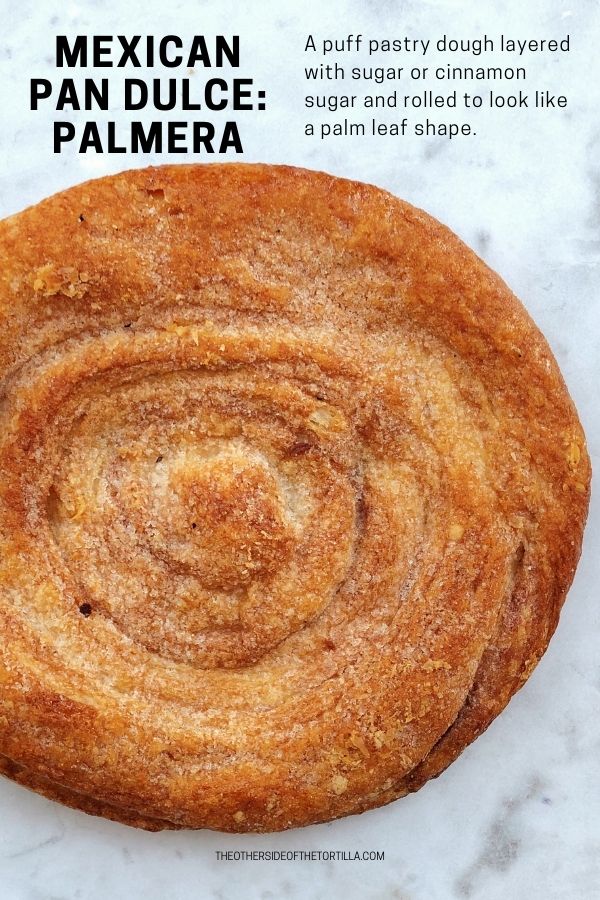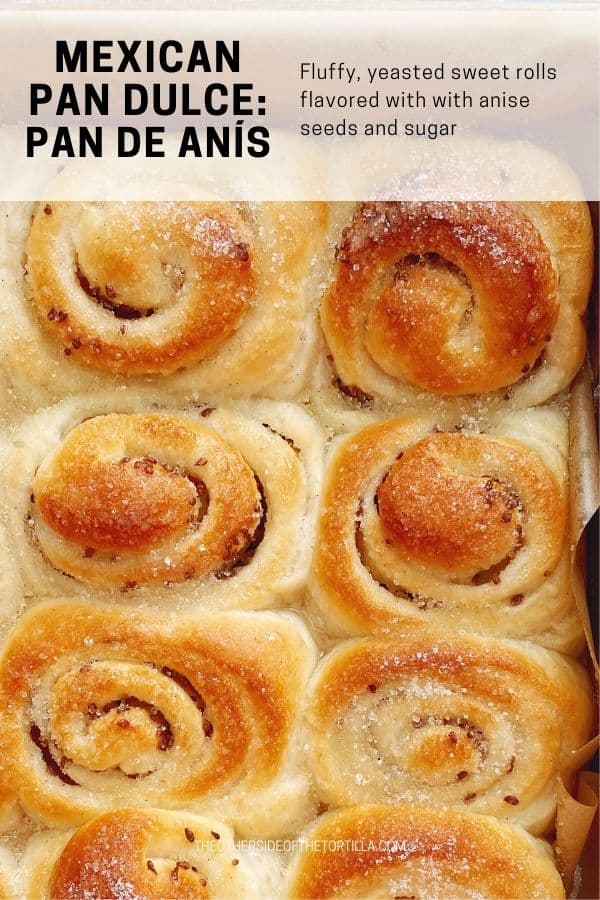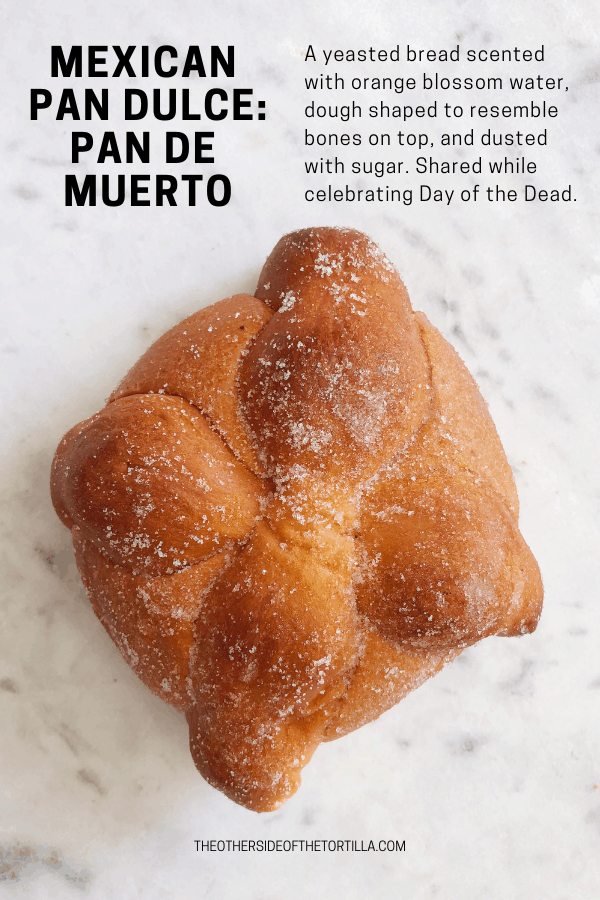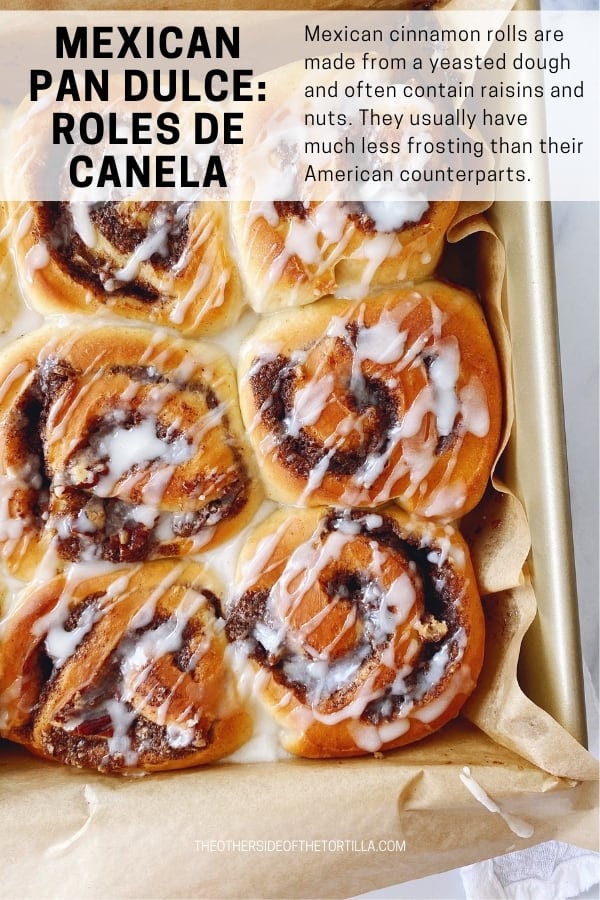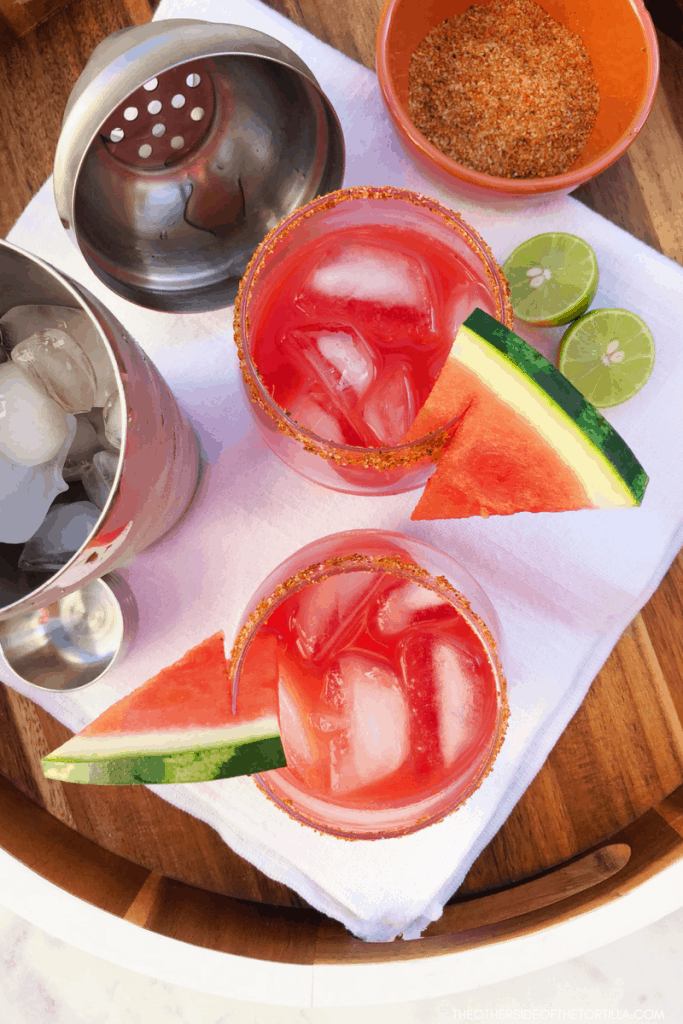Mandarin orange margaritas are a refreshing cocktail using in-season citrus. These margaritas get a fun agridulce kick from a Miguelito and salt-rimmed glass.
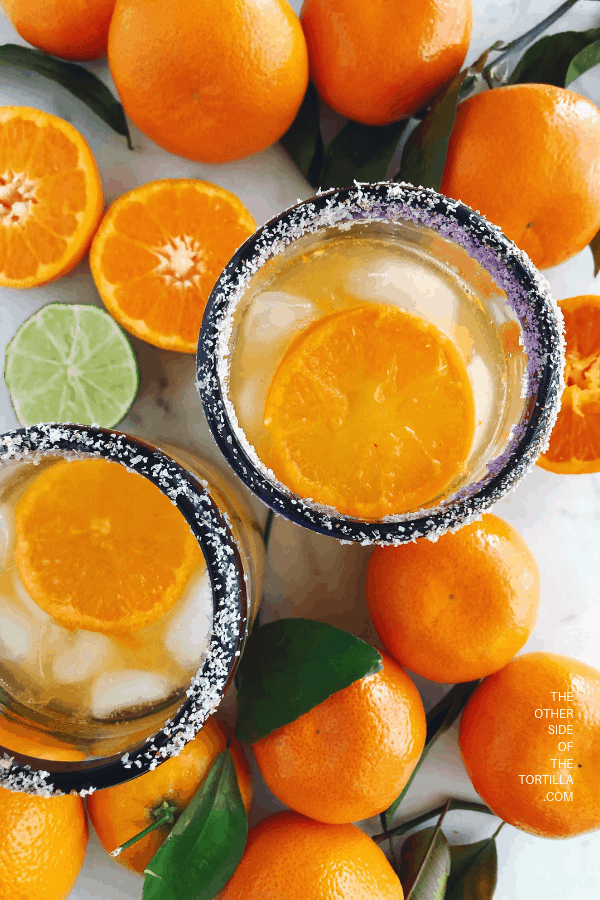
Mandarin oranges, or mandarinas, are extremely common in Mexico, so they’re used in all kinds of recipes, from aguas frescas, to gelatinas, salads, and more—including mandarin orange margaritas.
The juicer used in my video is a Chefn Citrus Juicer.
In this case, rimming the margarita glass with a mixture of kosher salt and Miguelito (a powdered form of chamoy) lends a particularly Mexican sweet-and-sour flavor. It’s salty, sugary, acidic, and very slightly spicy, and it’s often used on fresh fruit, veggies, and other snacks. You can buy Miguelito in most Mexican or Latin American markets in the same aisle as bottled salsas, as well as online. Miguelito is even available on Amazon Prime!
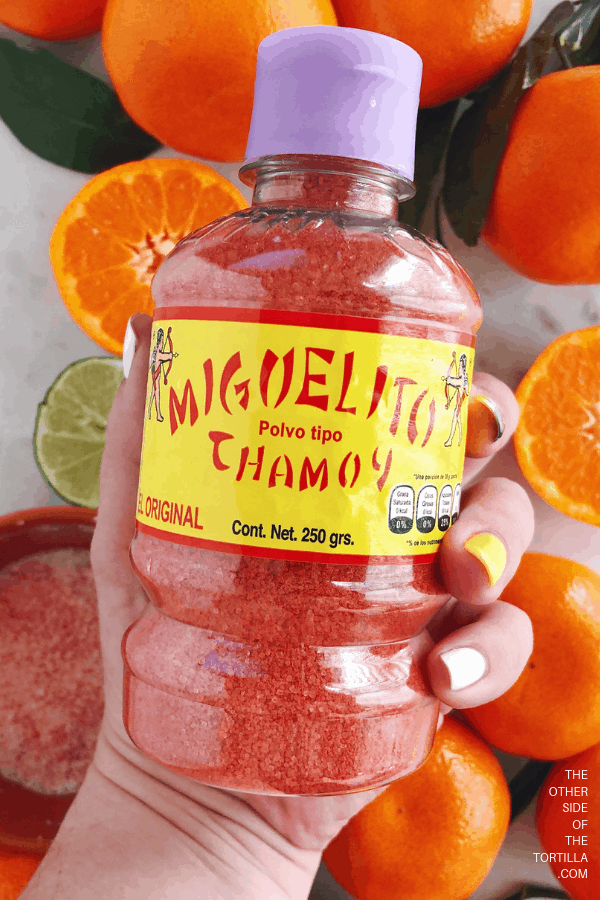
RELATED RECIPE: Easy watermelon margaritas
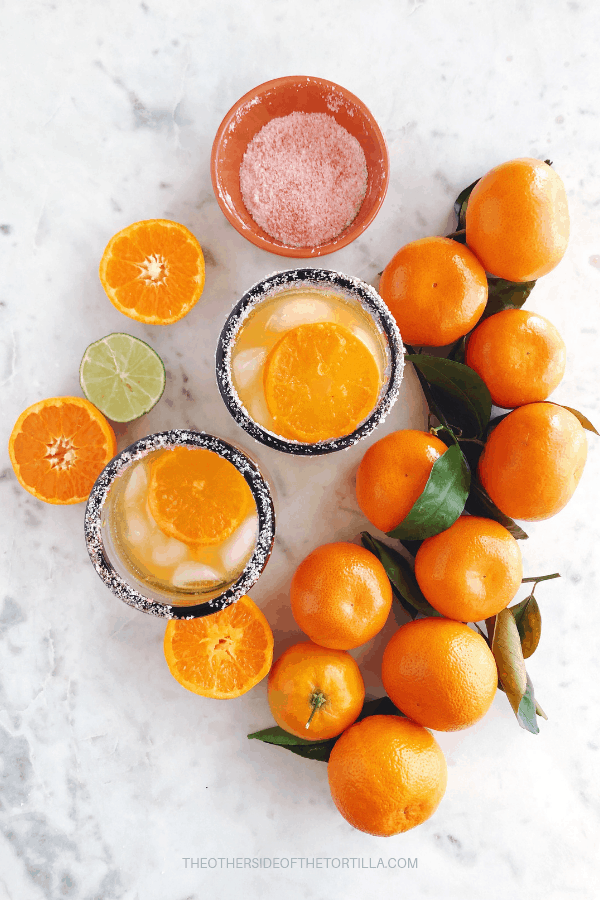
A note about mandarin oranges: The harvest in the beginning of the season is usually less sweet or even a little bit sour, while mandarins harvested mid- to late-season will be sweeter. For that reason, you may want to add a little bit of sugar to your juice if drinking at the beginning of the season and the fresh-squeezed juice tastes a bit too tart for your liking.
I like to use a liquid cane sugar such as Hey Shuga! Organic Pure Cane Liquid Sweetener because a little bit goes a long way and it’s easier than dissolving granulated sugar. You can typically find this in any grocery store near where you’d find maple syrup or other liquid sweeteners for baking.
RELATED RECIPE: How to make a paloma
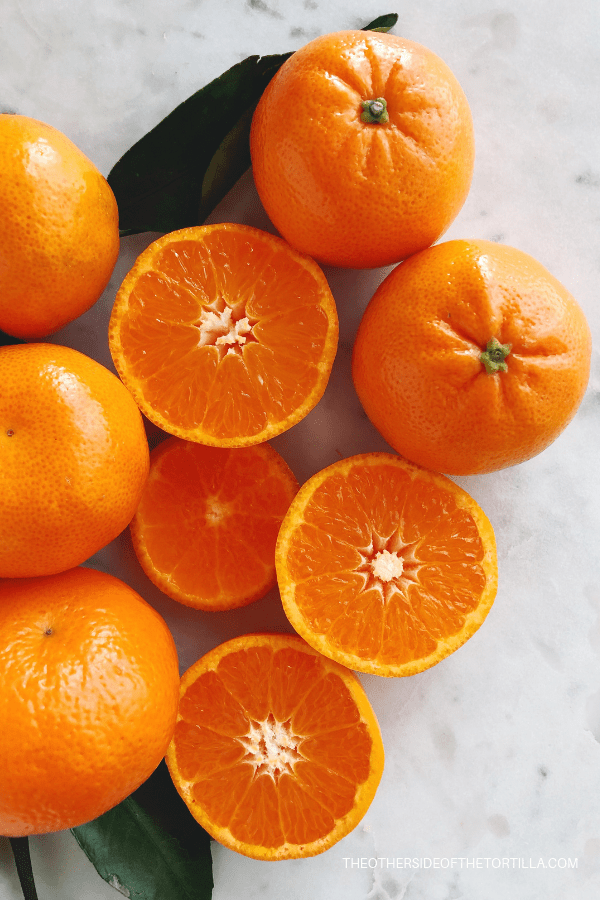
There are a few different varieties of mandarin oranges, and that’s why they may look and taste slightly different. Their peak seasons are also slightly staggered, but you can use any variety listed below.
Types of mandarin oranges you’ll find easily in the U.S.
Clementines are sweet, less acidic, and almost always seedless. They’re in season from November-January.
Murcott Mandarins are sometimes also known as honey tangerines, and are very sweet with no seeds. They’re in season from January-April.
Golden Nugget Mandarins are smaller than other varieties, but very juicy and sweet. They’re seedless, and in season from March-June.
Tangerines are a cousin of the clementine, but are less sweet and have a lot of seeds. They’re in season from October-January.
You might be used to seeing these types of oranges called Cuties in the grocery store, thanks to some catchy marketing. Cuties actually sells two varieties of mandarin; clementines and Murcotts. Whatever you choose, I know you’ll love these mandarin orange margaritas!
A word on choosing your tequila
I’ve used Don Julio Reposado in this recipe because it has lemon citrus notes with hints of vanilla and a silky, warm finish. It’s perhaps a more expensive tequila than you may be used to buying if you’re not a tequila connoisseur, but worth the price (750 mL should cost around $40-50).
Remember: buying cheap tequila always results in two things—a hangover and not liking tequila. It’s a liquor that’s meant to be sipped, not slammed. I’ve chosen a reposado because it’s aged in oak barrels from 2 months to 1 year (Don Julio Reposado is aged 8 months), which rounds and softens the tequila, making it perfect for margaritas and mixed drinks.
Print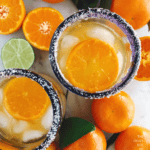
Mandarin orange margaritas
- Prep Time: 15
- Total Time: 15 minutes
- Yield: 2 margaritas 1x
- Category: drinks
- Cuisine: Mexican
Ingredients
- 6–7 mandarin oranges, juiced (should yield about 3/4 to 1 cup of juice)
- 1 small lime, juiced
- 2.5 ounces Don Julio Tequila Reposado
- 0.5 ounces Cointreau
To rim the glasses:
- 1 lime wedge (to wet the glass rims)
- 2 tablespoons Kosher salt
- 1 teaspoon Miguelito (chamoy en polvo)
Instructions
- Halve and juice 6-7 mandarin oranges, until they yield about 3/4 to 1 cup of juice.
- Halve and juice one lime.
- Add 2.5 ounces of tequila reposado and 0.5 ounces of Cointreau and stir well. Set aside.
- To rim the glasses, mix 2 tablespoons Kosher salt and 1 teaspoon Miguelito in a shallow dish.
- Cut the lime wedge and run along the rims of the glasses to wet them. Turn the glasses upside down one at a time and dip in the salt-Miguelito mixture until the rims are completely salted.
- Add ice to the glasses, pour margaritas over ice and serve immediately.
Notes
My preferred tequila for this recipe is Don Julio Reposado, but any reposado will do.
Cointreau is used here over Grand Marnier because it is less sweet, but any triple sec can be substituted to your preference.
If you’d like to make these ahead of time (24 hours in advance) or for a large group, you can easily double, triple or quadruple the recipe and refrigerate in a covered pitcher without the ice until ready to serve. Serve over ice.
Nutrition
- Serving Size: 7 ounces
Keywords: margaritas, mandarin orange margaritas, margarita de mandarina
You might also like:
This post may contain links to Amazon or other partners; your purchases via these links can benefit The Other Side of The Tortilla at no additional cost to you when you purchase items linked from this site. Read more about our affiliate linking policy.
